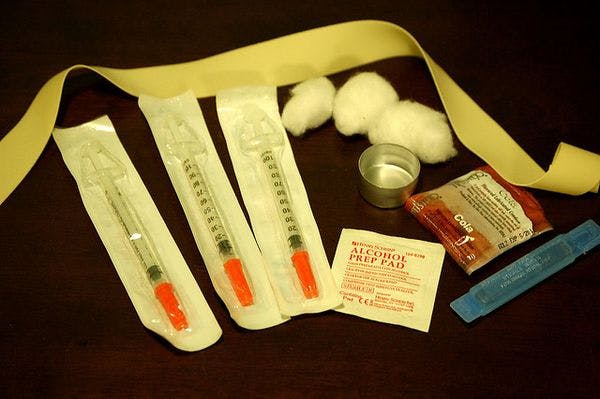Les politiques sont délicates, mais la science est claire : l’échange de seringues fonctionne
Malgré la large reconnaissance de leurs effets positifs, les programmes d’échange de seringues sont toujours confrontés à une barrière idéologique aux Etats-Unis. Pour en savoir plus, en anglais, veuillez lire les informations ci-dessous.
Abonnez-vous à l'Alerte mensuelle de l'IDPC pour recevoir des informations relatives à la politique des drogues.
By Austin Frakt
For decades, public health experts have known that syringe exchange programs reduce the spread of certain viral infections — like H.I.V.,hepatitis B and hepatitis C — by removing contaminated syringes from circulation.
They have known that programs using sterile injection equipment are both safe and save money.
And yet they are rarely seen in the United States.
Evidence abounds that they work. A study of the first American program — started in the Tacoma, Wash., area in 1988 — found that use of the exchange was associated with a greater than 60 percent reduction in the risk of contracting hepatitis B or C. Another study of over 1,600 injection drug users in New York found that those who didn’t use a syringe exchange in the early 1990s were more than three times as likely to contract H.I.V.
Syringe exchange programs do more than improve health. Because they are so effective and far cheaper than the lifetime cost of treating H.I.V., hepatitis B or hepatitis C, they save taxpayers money. A cost-effectiveness analysis published in 2014 replicated the findings of others that came before it: A dollar invested in syringe exchange programs saves at least six dollars in avoided costs associated with H.I.V. alone.
Click here to read the full article.
Keep up-to-date with drug policy developments by subscribing to the IDPC Monthly Alert.
Thumbnail: Flickr CC Todd Huffman
